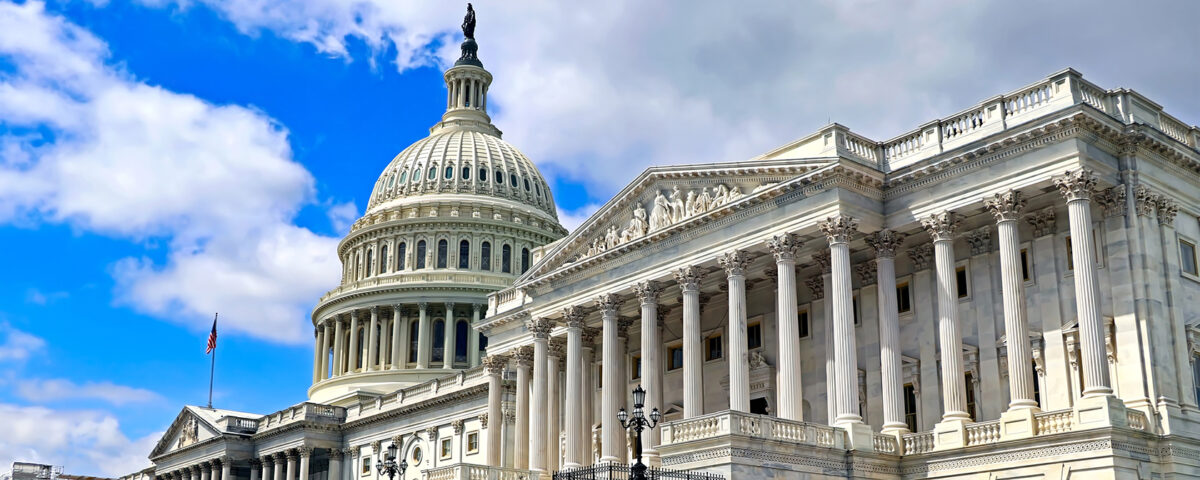What is a Reduction-in-Force (RIF) — and why is Trump using it to fire federal workers during the shutdown?

Donald Trump. Picture: David Hume Kennerly/Getty Images
As the federal government shutdown enters its second week with no resolution in sight, President Donald Trump’s administration has begun implementing sweeping layoffs across several federal departments — a move that critics say stretches the limits of presidential authority.
On Friday, the Office of Management and Budget (OMB) confirmed that “reduction-in-force” procedures — commonly called RIFs — have officially commenced. The announcement came through a brief statement from OMB Director Russell Vought, who declared on social media: “RIFs have begun.”
The announcement marked a new escalation in an already tense standoff between the White House and congressional Democrats, as thousands of federal workers brace for job losses rather than temporary furloughs.
Agencies Hit Hard as Layoff Notices Go Out
According to reports from Politico, several major federal agencies — including the Departments of the Interior, Homeland Security, Treasury, Energy, Education, Commerce, and Health and Human Services (HHS) — have begun issuing termination notices to employees previously classified as “non-essential.”
Officials from the Treasury and HHS later confirmed that layoff notifications had indeed been sent, with HHS describing the process as part of its effort to “close wasteful and duplicative entities” and align operations with Trump’s “Make America Healthy Again” initiative.
The decision has drawn swift backlash from federal unions and lawmakers, who argue that the administration is weaponizing the shutdown to dismantle government services and eliminate workers seen as politically expendable.
A Shutdown Without an Endgame
The government shutdown, which began on October 1, is now in its 10th day. Despite repeated negotiations, both chambers of Congress remain deadlocked over funding priorities.
House Speaker Mike Johnson announced on Friday that the House would remain closed until the Senate acts on a spending resolution already passed by Republicans. The Senate, controlled by Democrats, has rejected that resolution seven times, insisting on restoring healthcare and social programme funding that the Trump administration aims to cut.
“We’re ready to reopen government,” Johnson told reporters, “as soon as Senate Democrats stop blocking progress.”
Democrats, however, accuse the president of deliberately prolonging the shutdown to force deep spending cuts to programmes he labels as “Democrat projects.”
Since the shutdown began, the White House has announced more than $28 billion in federal spending reductions — including $18 billion from New York City infrastructure projects, $2 billion from Chicago’s transport system, and $8 billion in climate-related initiatives — all affecting largely Democratic states.
“We’re only cutting Democrat programmes,” Trump said during a Cabinet meeting earlier this week. “Some of them are very popular — but not with Republicans.”
Unions Cry Foul as Lawsuits Mount
Federal unions have condemned the move as unprecedented and illegal. The American Federation of Government Employees (AFGE) filed an emergency suit in a San Francisco court, accusing the administration of violating labor laws by firing furloughed workers during a shutdown.
“No president has ever attempted to terminate workers this way,” said Everett Kelley, AFGE President. “It’s an abuse of power that punishes the very people who keep the country running.”
Despite the mounting lawsuits, the Supreme Court has so far allowed the administration to proceed with the layoffs while legal challenges are reviewed — giving Trump a temporary green light to continue reshaping the federal workforce.
Critics say the move reflects Trump’s broader push to expand executive authority and shrink what he calls the “bloated bureaucracy” of Washington.
Explainer: What Is a RIF (Reduction-in-Force)?
A Reduction-in-Force (RIF) is a formal government process that allows agencies to eliminate positions or terminate employees due to budget cuts, lack of work, or organizational restructuring. Normally, RIFs follow strict federal procedures, requiring notice periods, documentation, and appeals processes through the Office of Personnel Management (OPM).
What makes the current RIF controversial is that it’s being conducted during an active government shutdown, when most employees are on furlough — a temporary unpaid leave — rather than facing permanent dismissal. Legal experts warn that using RIFs in this context may violate existing federal employment laws and due process protections.
As the shutdown drags on and lawsuits mount, the Trump administration’s aggressive use of RIFs could set a precedent for how future presidents wield power during budget crises — and how far they’re willing to go to reshape the federal government.
FAQs Section
1. What is a Reduction-in-Force (RIF)?
A Reduction-in-Force (RIF) allows federal agencies to permanently eliminate jobs or terminate employees due to budget cuts, restructuring, or lack of work. Unlike furloughs, RIFs are permanent and require formal notice and documentation.
2. Is President Trump legally permitted to carry out layoffs during a government shutdown?
Legal experts and unions argue that Trump’s move is unprecedented and likely illegal. Typically, workers are placed on unpaid leave (furlough) rather than terminated during shutdowns. The courts are still reviewing the matter.
3. Which government departments are affected by the layoffs?
Departments including Homeland Security, Treasury, Energy, Education, Health and Human Services (HHS), and the Environmental Protection Agency (EPA) have confirmed layoffs under the new RIF directive.
4. How have unions and lawmakers reacted?
Federal unions, led by the American Federation of Government Employees (AFGE), have condemned the move as an “abuse of power.” Democrats accuse the administration of targeting workers and services aligned with Democratic states.
5. What does the Supreme Court say?
So far, the Supreme Court has allowed the Trump administration to continue implementing the layoffs while the legality of RIFs during a shutdown is being debated in lower courts.




Government Shutdown: Why Democrats are winning and...
November 6, 2025